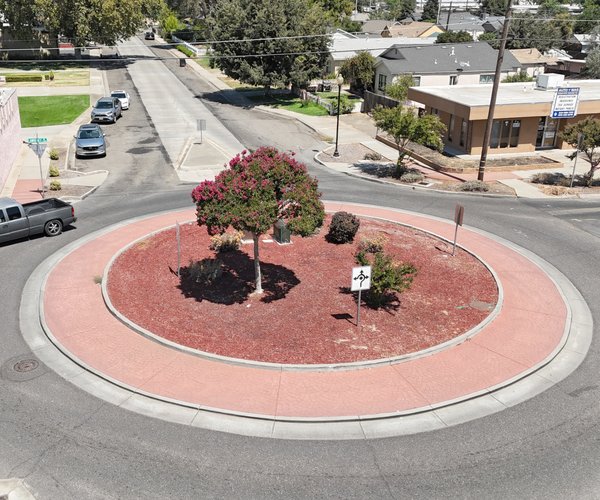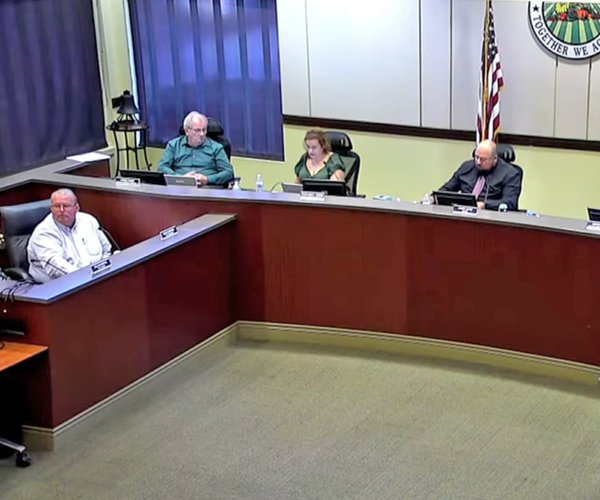By TIM SHEEHAN
Special to the Ceres (Calif.) Courier
Over the last seven years, the suicide rate in the San Joaquin Valley has been significantly higher than the statewide rate, according to a review of state and federal data.
Across Stanislaus, Merced, San Joaquin, Madera, Tulare, Fresno, Kern and Kings counties, the overall suicide rate in the region was 10.8 per 100,000 residents – a rate about 15 percent higher than the statewide suicide rate of 9.4 per 100,000 residents – from 2018 through 2024.
During that period, almost 3,300 Valley residents died by suicide.
“It’s a huge problem,” said Amanda Nugent Divine, CEO of Fresno-based nonprofit Kings View Behavioral Health, which operates the Central Valley Suicide Prevention Lifeline. “Obviously, it’s a very permanent solution to what is often a temporary problem or a transitional problem.”
How huge is the problem? Enough to rank suicide among the 15 leading causes of death over the seven-year period in each of the Valley’s eight counties – not as high as heart disease, cancer or accidental deaths, but in the same neighborhood as kidney disease, influenza and Parkinson disease.
Those who died by suicide represent a demographically diverse cross-section of the Valley’s population, according to data retrieved from a mortality database maintained by the U.S. Centers for Disease Control and Prevention.
They range from children under 14 to teenagers, young adults, middle-age and senior citizens. Almost three-quarters were white, and the balance included black, Asian, Native American and other racial groups. About one-third were of Hispanic ethnicity. They include both men and women, with men outnumbering women by more than four to one.
About 10 percent of the suicides in the eight-county region were former military service personnel. At least 314 veterans took their own lives between 2018 and 2022, the latest year for which data is available from the California Department of Public Health, a suicide rate of almost 30 per 100,000 vets – nearly triple the rate of the general population.
More than 1,200 victims used a gun to take their life. About 1,000 others died by hanging or strangulation, and about 250 intentionally poisoned themselves through drug overdoses or other chemical exposure.
“We know that one of the biggest risk factors is when people lose hope, and they don’t feel that it would matter if they were gone,” said Nugent Divine. … “That seems to be sort of a common thread, where people will go ahead and take that step.”
– Tim Sheehan is with the Central Valley Journalism Collaborative





